1
2
3
4
5
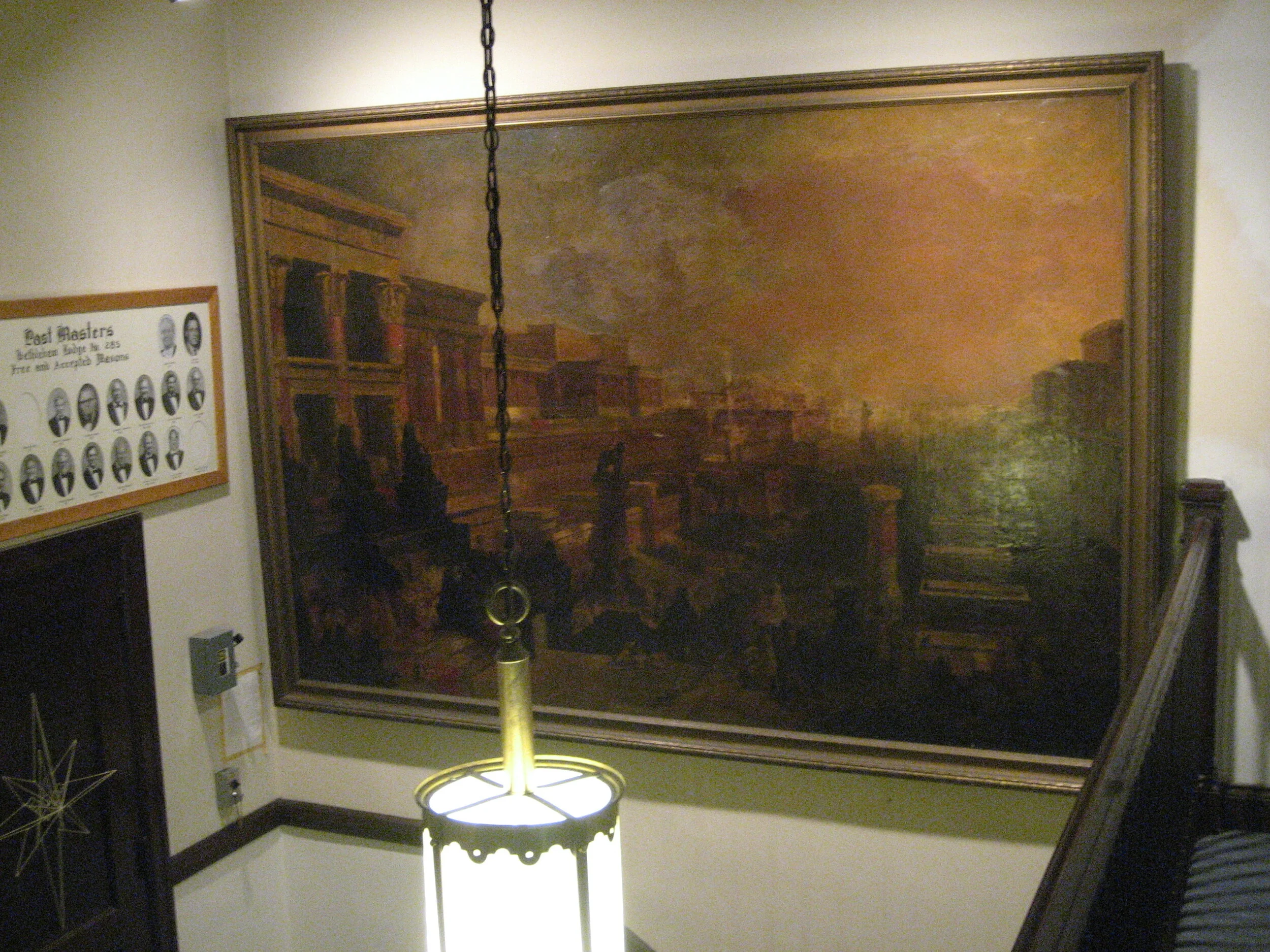
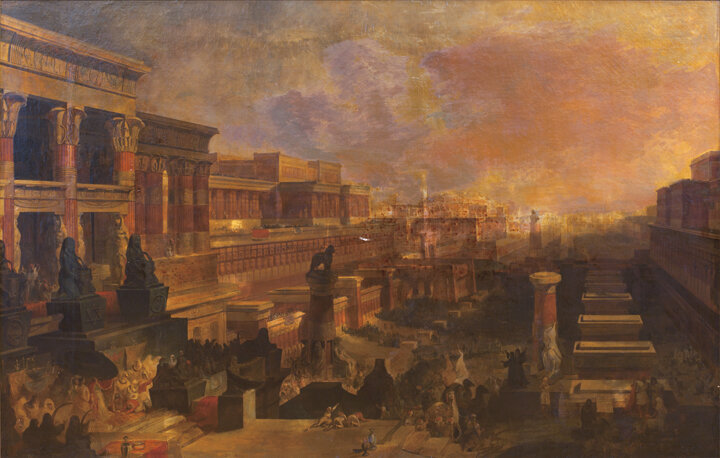
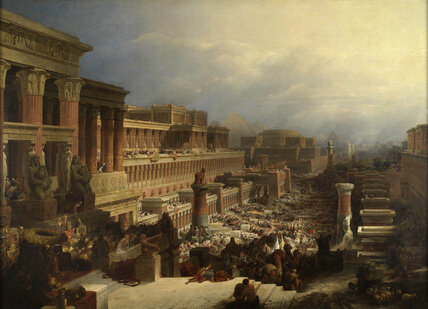
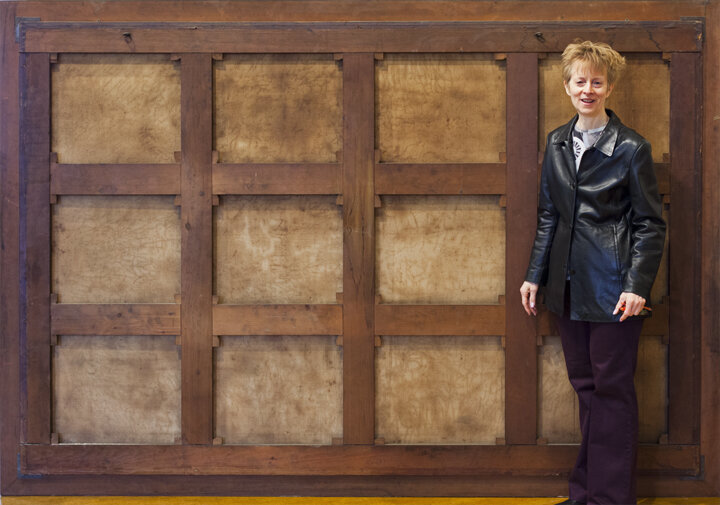
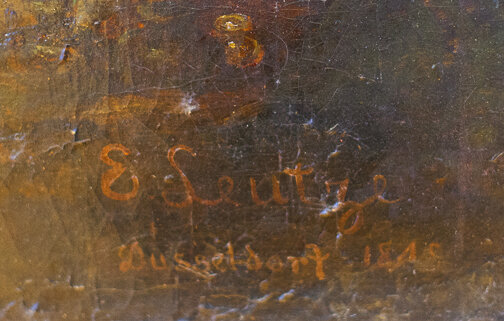
Leutze as it was installed in the Masonic Lodge
David Roberts, Departure of the Israelites, 1829
I first saw this huge painting in 2001, as a newly-installed head curator at the Allentown Art Museum. I had taken a seminar on Leutze in the early 1990s in my doctoral program at the University of Delaware and had a great interest in his large, multi-figured paintings. When Peter Blume, the AAM’s long-time director, informed me that a large Leutze was housed in a Masonic temple in Bethlehem, PA, I had to see it. In poor condition with active flaking and surface deposits of smoke and with yellowed varnish, it had been hanging for untold decades in the dark corner of a stairwell, it was nonetheless a stunning picture. I recommended to the lodge that they spend some money fixing up the painting, but they did not. I tried to get the painting out of the lodge and into the AAM, promising that I would exhibit and research it. I was informed that by terms of the gift, the painting could never leave its Masonic home. That was the last I saw the painting for some 15 years. At that time, the lodge was hard up for money and casting about for what they could sell to raise money for the chapter. I was told that the painting would be sold but I could come inspect it and fortunately I brought my co-adventurer and intrepid photographer, Charles Daniels, along to shoot the painting. Removing the painting from the wall must have taken some doing, but when I saw it, it was standing on the stage of an auditorium at the lodge. I spent much time researching the painting, discovering that it was a copy of a famous David Roberts painting of 1829 or 1833 (diffferent versions), Departure of the Israelites, held by the Birmingham (UK) Museum. That article was published in Maine Antique Digest and is available online. The painting was consigned by the Masons to a local auction and to my astonishment, it sold in the six figures. Astonishing because, after all, it is a copy of another artist’s painting. However, Leutze was a very famous artist in his day.